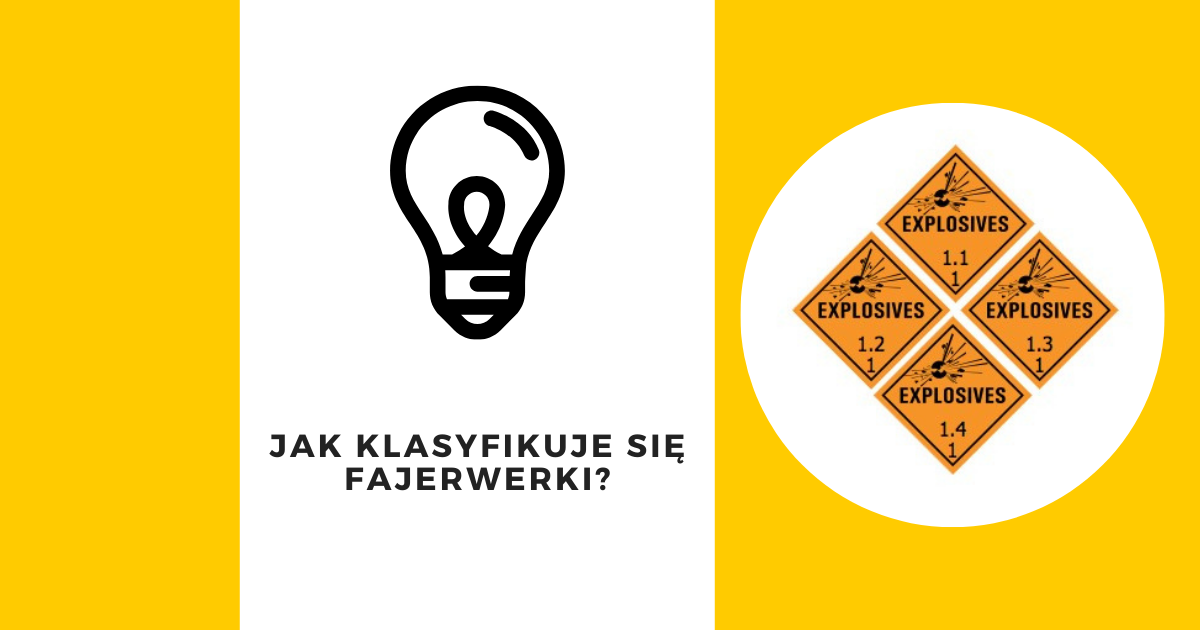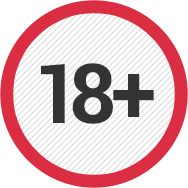Fireworks Certification Classes Explained – Are Fireworks Safe?

Fireworks Certification Classes
Are fireworks safe? That’s a question many people ask before making a purchase. Today, we’ll clear up your doubts — and hopefully convince you to feel more confident choosing fireworks from our online store.
We always emphasize that modern fireworks are completely safe. But why are we so certain? Because strict certification standards have been implemented across the entire European Union for years now. Like many other products around us, fireworks must meet rigorous requirements. One symbol that proves a firework complies with safety and environmental standards is the CE mark.
CE – Conformité Européenne
What is CE certification? In short, it’s a declaration from the manufacturer that a product fully complies with the harmonized production standards applicable throughout the EU. It’s not just a safety certificate — the CE mark covers much more. It also relates to how a product affects the environment. These standards, for example, define acceptable noise levels that fireworks can produce at specific distances.
Fireworks Classification System
In pyrotechnics, the most basic classification divides fireworks into two categories: amateur and professional.
Amateur Fireworks
These are all fireworks that you can legally buy from an online store or wholesale distributor. No special license or training is required to purchase or use these types of pyrotechnics. Amateur fireworks make up the majority of products available on the market and are most commonly used for New Year’s Eve or wedding photo shoots.
CE Certification Classes for Amateur Use
All consumer-grade fireworks must undergo rigorous testing to confirm compliance with CE standards. Based on those results, they are assigned to one of the following categories. Note that there are strict limits that apply to all categories — for example, fireworks must not exceed a noise level of 120 dB.
Here’s a simplified breakdown based on safe-use distance and power:
F1 – These are indoor or close-proximity fireworks. You can safely use them at a distance as close as 1 meter. Examples include short sparklers and "snappers."
F2 – These fireworks are for outdoor use only and require a minimum safety distance of 8 meters. This group includes long sparklers, rockets, firecrackers, small cake fireworks, and even some DIY display sets.
F3 – Similar to F2 in terms of types (e.g., rockets, cakes), but with a longer safety distance of at least 25 meters. Manufacturers may set even greater distances, so always follow the label.
P1 – This class includes miscellaneous pyrotechnic items not classified elsewhere, such as marine signal flares or items used in modeling, aviation, or automotive industries. P1 products are considered low-risk to health and the environment.
T1 – Refers to theatrical pyrotechnics that can be used without special certification. You’ll find these in our store under “Stage Pyrotechnics,” such as spark fountains. Most are meant for outdoor use and pose minimal risk when handled correctly.
Professional Fireworks
These products require special licenses or permits for purchase, use, and storage — such as a government-issued concession or authorization from a provincial office.
You might hear the term “illegal fireworks” in the media. It’s often misunderstood. These products still meet safety and technical standards but are illegal if used by unlicensed individuals — and more importantly, they can be dangerous in the wrong hands.
Professional Certification Classes
F4 – These include large-caliber display shells and professional-grade fireworks. There are no fixed minimum distances; it's the pyrotechnician’s responsibility to adjust the setup based on the materials (e.g., shell caliber) and weather conditions. Most F4 products don’t even have a delay fuse — they are designed to be used with remote firing systems.
P2 – These are miscellaneous pyrotechnics that can only be used or purchased by certified entities. They require advanced knowledge and must follow strict safety protocols.
T2 – Similar to T1 but for more powerful stage effects that carry greater risk. Only trained professionals with the appropriate certification may use them. This includes larger spark fountains, flame projectors, and theatrical explosions. They're often used in film and live event production.
Additional Certifications
As mentioned earlier, all fireworks sold in the EU must meet CE standards. However, individual member countries may impose their own certifications. A good example is Germany’s BAM certification, required for local sales.
Do You Have to Be 18 to Use Fireworks?
In some EU countries, the CE class also determines the user’s minimum age. For instance, in the Czech Republic, you only need to be 16 to use F1 fireworks. Classes F2 and P1 require users to be 18, and for F3, the minimum age is 21.
In Poland, however, the rules are straightforward: regardless of class, you must be at least 18 years old to buy, sell, or use any type of firework.

